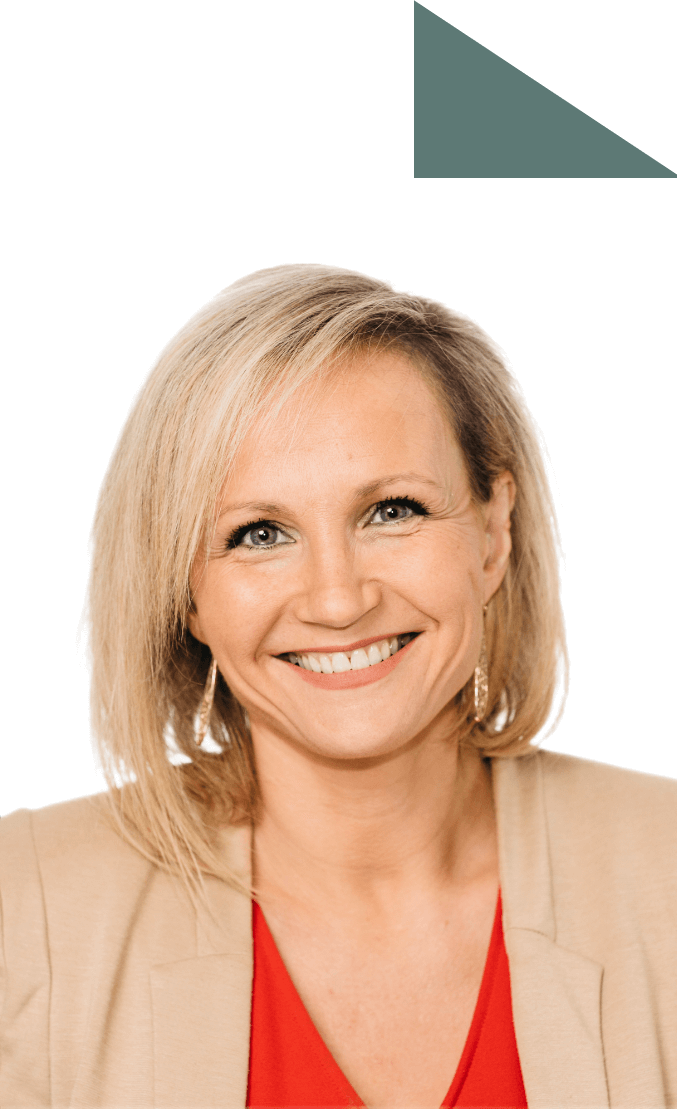
Investing
Q4 Market Performance: Reasons to be cheerful amidst higher volatility
Senior Investment Specialist, Rebecca Cretney shares highlights of the market performance for Q4 2024 and future investment opportunities, in her short video below.
You can also read a more in-depth analysis from Rebecca on how global politics, economic strategies and market trends will all play a significant role in 2025.
Read 2025: A year of global transformationQ4 Market Commentary: a comprehensive breakdown of Q4 investment markets from our colleagues at Nedgroup Investments.
The last quarter of 2024 was marked by a backdrop of geopolitical tensions, shifting central bank policies, and significant political developments.
October began with global bonds recording their worst performance since September 2022, driven by robust US economic data. Nonfarm payrolls for September exceeded expectations, rising by 254,000 with upward revisions, while core CPI hit a six-month high. These data releases reduced prospects of imminent Federal Reserve rate cuts, pushing Treasury yields higher. In the UK, the government’s announcement of additional borrowing widened gilt spreads over bunds to levels last seen during the mini-budget turmoil of 2022. Geopolitics also played a significant role, with Iran’s missile attack on Israel briefly lifting oil prices before they stabilised after Israel retaliated by solely targeting military sites.
November was dominated by the US presidential election, which resulted in a Republican sweep of the presidency and Congress. The outcome initially fuelled market optimism, driving the S&P 500 to its strongest monthly performance of the year. However, this momentum was tempered mid-month when President-elect Trump announced plans to impose new tariffs on imports from Mexico, Canada, and China. This announcement weighed heavily on trade-sensitive sectors and reignited fears of global trade disruptions. Geopolitical risks escalated further, with Ukraine conducting its first US-sourced ATACMS missile strike inside Russia and President Putin revising Russia’s nuclear doctrine, expanding the conditions under which nuclear weapons could be used. Later in the month, a ceasefire agreement between Israel and Hezbollah eased oil market pressures, contributing to a retreat in crude prices.
December brought renewed challenges as central banks adopted a more cautious stance. The Federal Reserve implemented another rate cut, bringing the total for the year to 100 basis points, but signalled only 50 basis points of cuts for 2025—less than markets had anticipated. This more hawkish tone triggered the largest single-day decline in the S&P 500 on a Fed decision day since 2001. By year-end, the 10-year Treasury yield closed at 4.57%, its highest monthly close since April. In Europe, the ECB also cut rates but failed to meet investors’ dovish expectations, contributing to a selloff in sovereign bonds. Meanwhile, political instability in France deepened as the government of Michel Barnier fell to a successful no-confidence vote—the first since 1962. This further pressured French assets, with the Franco-German 10-year spread reaching its widest level since the eurozone crisis.
Given this backdrop, equities were well mixed, with the global index up by +1.3%, led by Japan (+5.9%) and the US (+2.7%) meanwhile Emerging Markets (-4.4%) and Asia ex-Japan (-4.5%) struggled. In terms of equity styles, growth stocks (+2.7%) outperformed value (-4.6%), and small-cap stocks (-3.2%) lagged large caps (+1.3%). There was also wide variation in sector performance, with IT (+4.3%) and Communication Services (+4.9%) being the strongest two sectors, while Materials (-15.0%) and Healthcare (-11.3%) lagged significantly.
Fixed income markets were generally weak supported with yields rising. Looking at the details, global government bonds (-0.4%) finished the quarter underwater, but outperforming Investment Grade Credit (-1.5%) and global emerging market debt (-2.1%), the latter significantly impacted by the trade concerns surrounding Trump. Global high yield (+0.5%) did however break the trend negative, supported by its relatively higher carry.
In the real assets space, global real estate (-9.6%) and global infrastructure (-2.5%) both struggled due to their sensitivity to fall interest rate. Finally, Commodities (-0.4%) were mixed with Oil (+8.3%) well bid whereas Industrial Metals (-7.7%) lagged behind.
Author

Rebecca Cretney
Senior Investment Specialist , Isle of Man
Rebecca joined Nedbank Private Wealth in May 2004 having moved to the Isle of Man from Barcelona to pursue a course in Business Studies with the Isle of Man Business School. She worked as a private banker until 2019, when she was appointed to the role of investment counsellor. Rebecca now focuses exclusively on supporting private bankers in conversations with their clients, providing technical investment expertise where more complex portfolio requirements exist. She also provides coaching and training for the private banking teams on a wide range of subjects surrounding investment and advice. In addition, Rebecca chairs the bank’s Investment Committee.
Rebecca is a Chartered Fellow of the Chartered Institute for Securities & Investment and a Chartered Wealth Manager.
RELATED NEWS
You may also be interested in the following Insights
Sign up for our updates
Stay up to date with the latest news, insights, and opinions from Nedbank Private Wealth by signing up to our newsletter. You can also register to be invited to our virtual events and hear directly from a wide range of experts. Sign up below. You can unsubscribe at any time.













